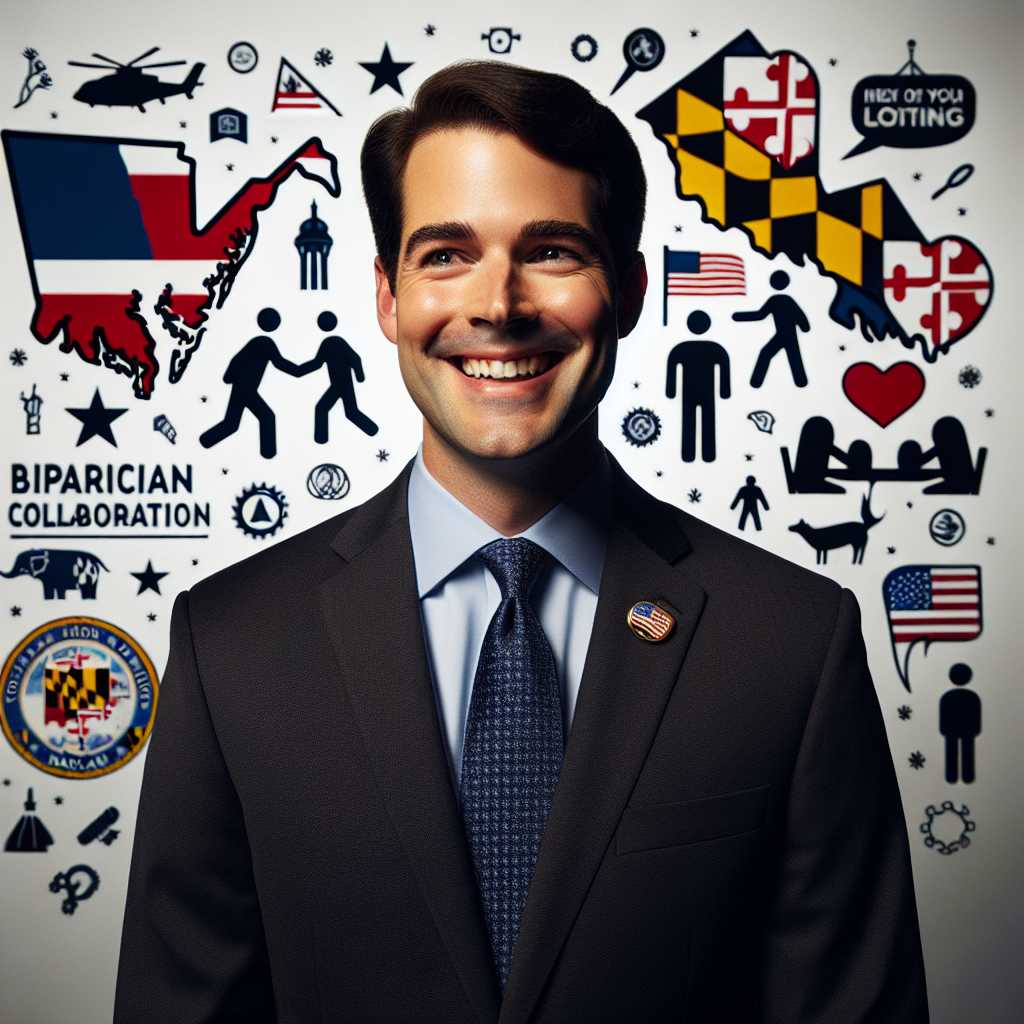The Political Career and Legacy of Larry Hogan
Former Maryland governor Larry Hogan has made a name for himself as a prominent Republican figure in a traditionally Democratic state. His tenure from January 2015 to January 2023 and his political maneuvers therein have set a precedent for bipartisanship and moderate Republican leadership in the contemporary political landscape. This article examines Hogan’s career, highlighting his background, gubernatorial accomplishments, challenges, and the impact of his centrist approach on both state and national politics.
Background and Rise in Politics
Born on May 25, 1956, Lawrence Joseph Hogan Jr., known as Larry Hogan, embarked on his political journey following in the footsteps of his father, Lawrence Hogan Sr., who served as a U.S. Congressman. Prior to his entry into politics, Hogan founded a successful real estate business, which provided him with a firm understanding of economics and business—knowledge he later applied to his gubernatorial agenda.
Hogan first stepped onto the political stage when he served as Secretary of Appointments under Governor Bob Ehrlich from 2003 to 2007. This role gave him invaluable experience in the complexities of state government and Maryland politics. In 2011, he established Change Maryland, an organization predicated on fiscal responsibility and governmental accountability, which laid the groundwork for Hogan’s gubernatorial campaign.
Gubernatorial Accomplishments
Hogan’s tenure as governor is marked by several significant achievements. One of his most notable actions was his handling of the state’s economy. He operated under a fiscally conservative philosophy that prioritized tax relief and economic growth. His initiatives in reducing tolls and eliminating or reducing fees saved residents billions of dollars.
Environmental protection stood out among Hogan’s other priorities. He committed Maryland to the Regional Greenhouse Gas Initiative (RGGI), aimed at reducing climate-changing carbon emissions. His administration also pushed for the preservation of the Chesapeake Bay, showcasing an environmentally progressive stance uncommon in his party at the time.
Education reform was another cornerstone issue, with increases in funding for K-12 education every year he was in office. He spearheaded efforts to pass the Blueprint for Maryland’s Future Act, carrying forward legislation aimed at transforming the state’s educational landscape.
In matters of public health, Hogan’s response to the COVID-19 pandemic was critical. His science-based approach brought bipartisan praise as he navigated lockdowns and vaccination campaigns while balancing concerns about public safety and the economy.
Challenges Faced During Office
Despite successes, Hogan’s time as governor was not without hurdles. Assembling a cabinet that mirrored his centrist stance was challenging in a heavily Democratic state. Additionally, Hogan faced resistance on issues like transportation, where critics opposed certain infrastructure projects due to environmental or fiscal concerns.
One of Hogan’s most personal challenges was his battle with non-Hodgkin’s lymphoma, publicly announced in June 2015. Showing resilience, he continued his duties while undergoing treatment and was declared cancer-free a year later.
Centrist Republican Leadership: A National Model?
Hogan’s centrist approach in governance might be seen as a bellwether for Republicans navigating politically mixed or opposite-leaning states. His willingness to work across party lines endeared him to a substantial portion of Democrats and independents in Maryland, which may suggest broader strategies for bipartisan cooperation at national levels.
His moderate views were also evident through controversial stances, such as criticism of his party when he deemed it necessary—including direct criticism of former President Donald Trump’s policies and actions. This balance struck between allegiance to party principles and independent thinking mirrored historical Rockefeller Republican philosophies and put Hogan’s approach at odds with the prevailing right-wing trends within the GOP.
Notes
Image Description
A portrait-format image showing Larry Hogan smiling professionally. He is dressed in a dark suit with an American flag pin on the lapel. The backdrop may include symbols or images relevant to Maryland or suggest bipartisan collaboration – such as shaking hands across party lines – reflecting his centrality in politics and commitment to bipartisanship during his tenure as governor.
